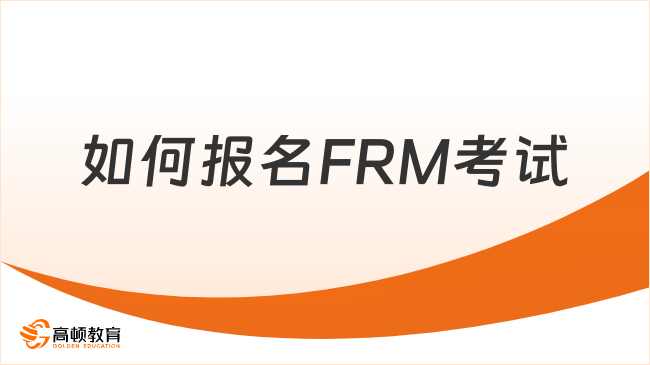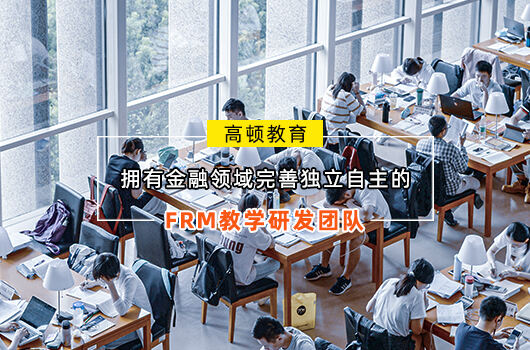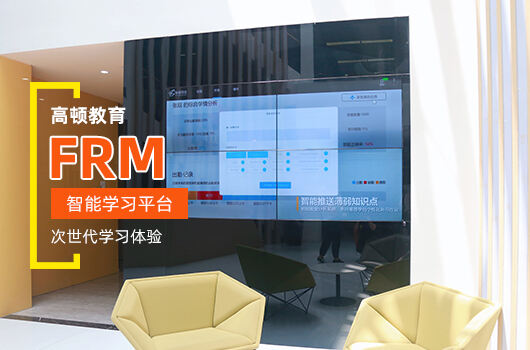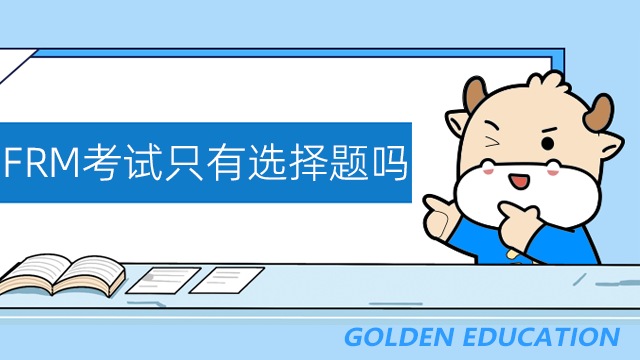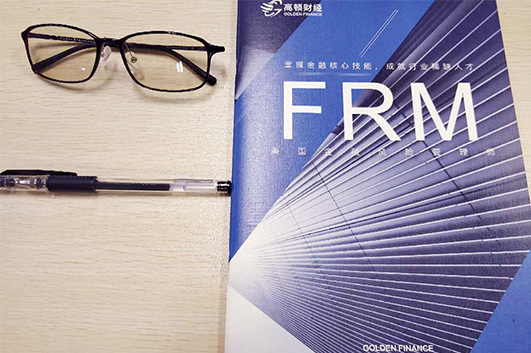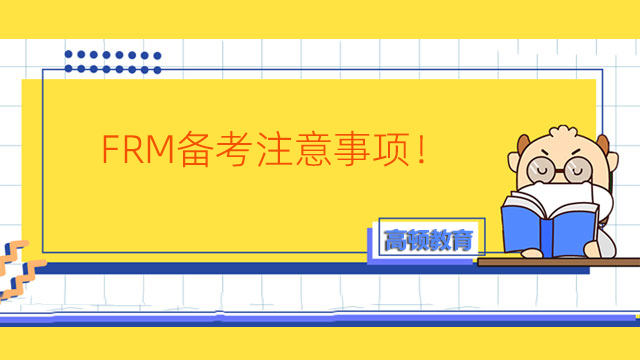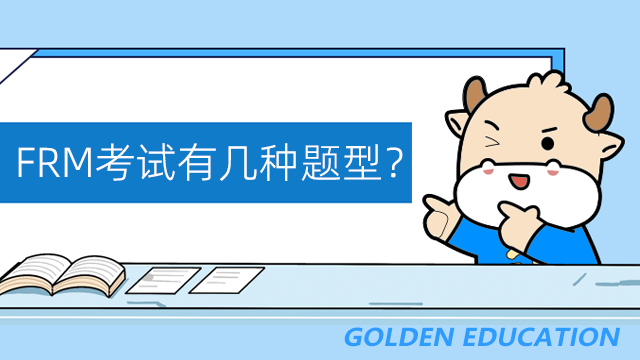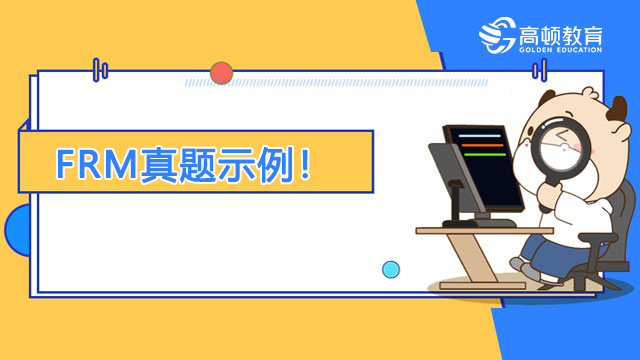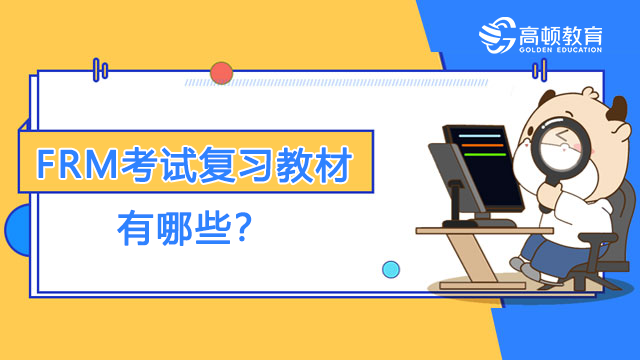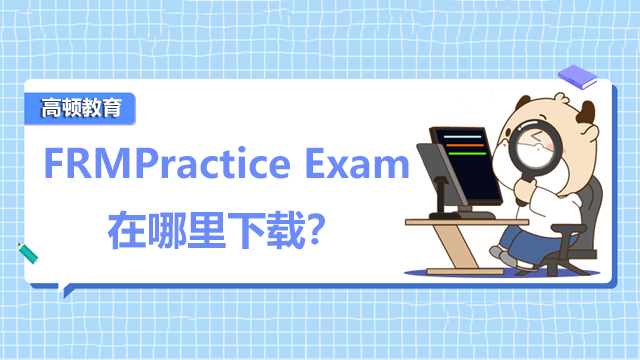31. You are given the following specification of the currency swap:
notional principal $10m euro 10.5m
swap coupon 7.2% 6.8%
current market yield 4.2% 3.6%
There are two payments left in the swap (the first one in a year) and the current exchange rate is $0.95/euro. Calculate the dollar value of the swap for the euro payer.
A. - $16,299.
B. - $17,344.
C. - $19,344.
D. - $21,283.
Correct answer: A
The swap is equivalent to long position in dollar denominated bond and short position in euro denominated bond. (720,000 / 1.042 + 10,720,000 / 1.042^2) - ((714,000 / 1.036 + 11,214,000 / 1.036^2) x0.95) = - 16,299.
32. How would you describe the typical price behavior of a low premium mortgage pass-through security?
A. It is similar to a U.S. Treasury bond
B. It is similar to a plain vanilla corporate bond
C. When interest rates fall, its price increase would exceed that of a comparable duration U.S. Treasury.
D. When interest rates fall, its price increase would lag that of a comparable duration U.S. Treasury.
Answer: C
Mortgage pass-through securities, unlike Treasuries or plain vanilla corporate bonds, have an embedded option allowing borrowers to repay the loan at any time. When rates fail, the effective duration of these securities decreases because borrowers will refinance mortgages at lower rates (putting the loans back to the investors); but when interest rates increase, borrowers will hold on to mortgages longer than they otherwise would, resulting in an increase in the effective duration of the loans. This is reflected in the price/yield relationship as negative convexity.
33. You are given the following information about a portfolio and are asked to make a
recommendation about how to reallocate the portfolio to improve the risk/return tradeoff.
|
Asset | Expected return | Standard Deviation | Current Weight | Covariance Of Portfolio and Asset1 Returns | Marginal Return | Marginal Risk | Marginal Return/ Marginal risk | Risk Contribution |
Asset1 | 7.10% | 17.00% | 38.70% | 1.43% | 3.10% | 13.99% | 22.17% | 5.41% |
Asset2 | 8.00% | 40.60% | 6.20% | 2.44% | 4.00% | 23.93% | 16.71% | 1.48% |
Asset3 | 6.70% | 44.80% | 5.50% | 2.39% | 2.70% | 23.39% | 11.55% | 1.29% |
Asset4 | 6.90% | 21.40% | 14.60% | 1.41% | 2.90% | 13.86% | 20.92% | 2.02% |
Risk free | 4.00% | 0.00% | 35.00% | 0.00% | | | |
Which of the following the recommendations will improve the risk/return tradeoff of the portfolio?
A. Increase the allocations to assets 1 and 3 and decrease the allocations to assets 2 and4.
B. Increase the allocations to assets 1 and 2 and decrease the allocations to assets 3 and4.
C. Increase the allocations to assets 2 and 3 and decrease the allocations to assets 1 and4.
D. Increase the allocations to assets 1 and 4 and decrease the allocations to assets 2 and3.
Answer: D
A. Incorrect. Asset 3 should be decreased since it has the lowest marginal return-to-marginal risk ratio.
B. Incorrect. Asset 4 should be increased since it has the highest marginal return-to-marginal risk ratio.
C. Incorrect. Asset 4 should be increased since it has the highest marginal return-to-marginal risk ratio.
D. Correct. A portfolio optimizing the risk-reward tradeoff has the property that the ratio of the marginal return to marginal risk of each asset is equal. Therefore, this option is the only recommendation that will move the ratios in the right direction.
34. Calculate the estimated default frequency (EDF) for a KMV credit risk model using the
data given below (all figures in millions). Assets Liabilities Market value 195 185 Book
value 180 165 Standard deviation 25 15 of returns
A. 11.5%.
B. 27.4%.
C. 34.5%.
D. 57.9%.
Correct answer: A
The distance between the current value of the assets and the book value of the liabilities= 195- 165 = 30. Using the standard deviations in the return on assets this distance = 30 /25 = 1.2 standard deviations. Thus the probability of default = cumulative probability of standard normal distribution below -1.2, i.e. 11.5%.
35. Suppose the payoff from a merger arbitrage operation is $5 million if successful, -$20million if not. The probability of success is 83%. The expected payoff on the operation is
A. $5 million
B. $0.75 million
C. $0 since markets are efficient
D. Symmetrically distributed
Answer: B
The expected payoff is the sum of probabilities times the payoff in each state of the world, or 83% × $5 + 17% × (-$20) = $4.15 - $3.40 = $0.75. Note that the distribution is highly asymmetric, with a small probability of a large loss.
FRM考试在线高清视频指导
版权声明:本条内容自发布之日起,有效期为一个月。凡本网站注明“来源高顿教育”或“来源高顿网校”或“来源高顿”的所有作品,均为本网站合法拥有版权的作品,未经本网站授权,任何媒体、网站、个人不得转载、链接、转帖或以其他方式使用。
经本网站合法授权的,应在授权范围内使用,且使用时必须注明“来源高顿教育”或“来源高顿网校”或“来源高顿”,并不得对作品中出现的“高顿”字样进行删减、替换等。违反上述声明者,本网站将依法追究其法律责任。
本网站的部分资料转载自互联网,均尽力标明作者和出处。本网站转载的目的在于传递更多信息,并不意味着赞同其观点或证实其描述,本网站不对其真实性负责。
如您认为本网站刊载作品涉及版权等问题,请与本网站联系(邮箱fawu@gaodun.com,电话:021-31587497),本网站核实确认后会尽快予以处理。
 更多服务
更多服务










